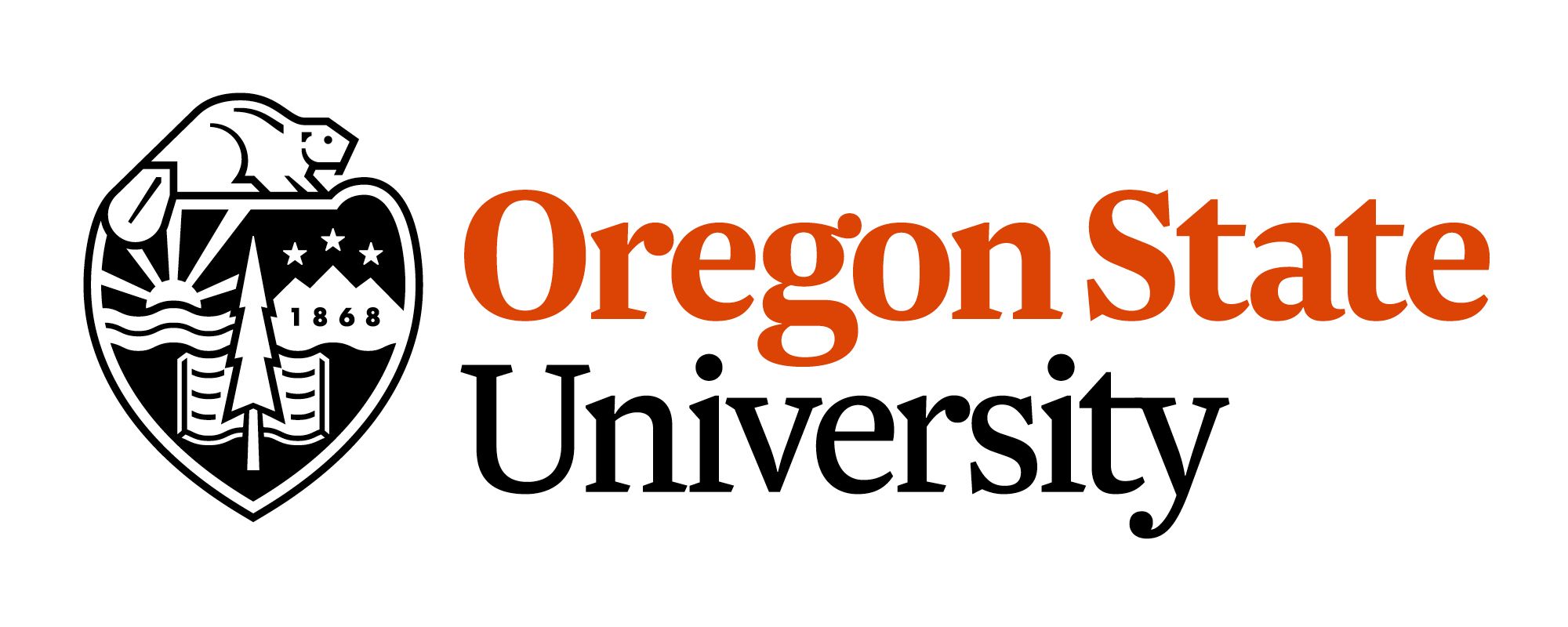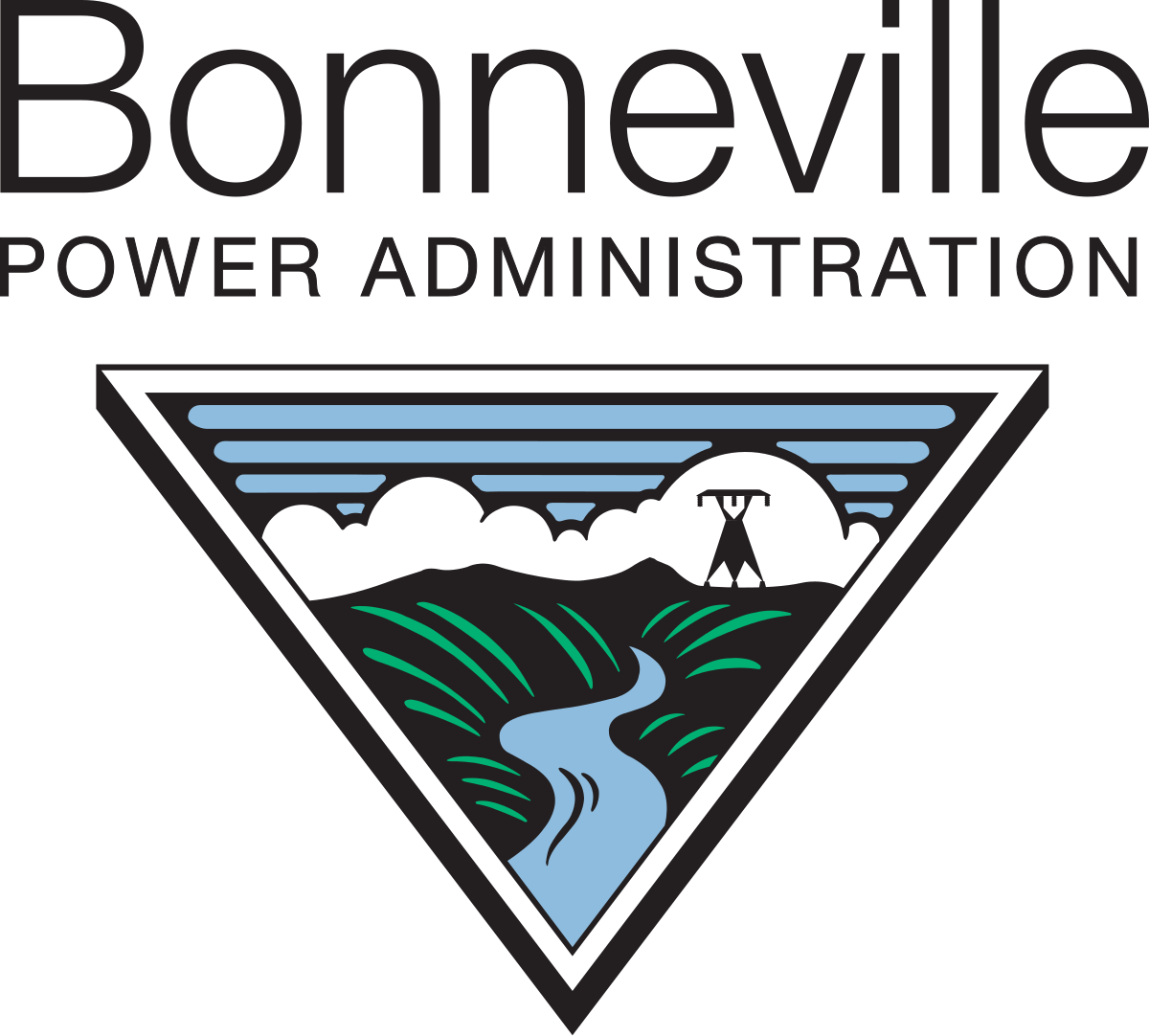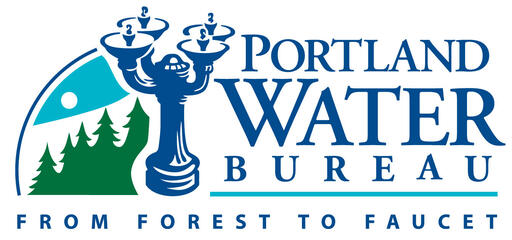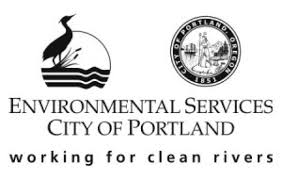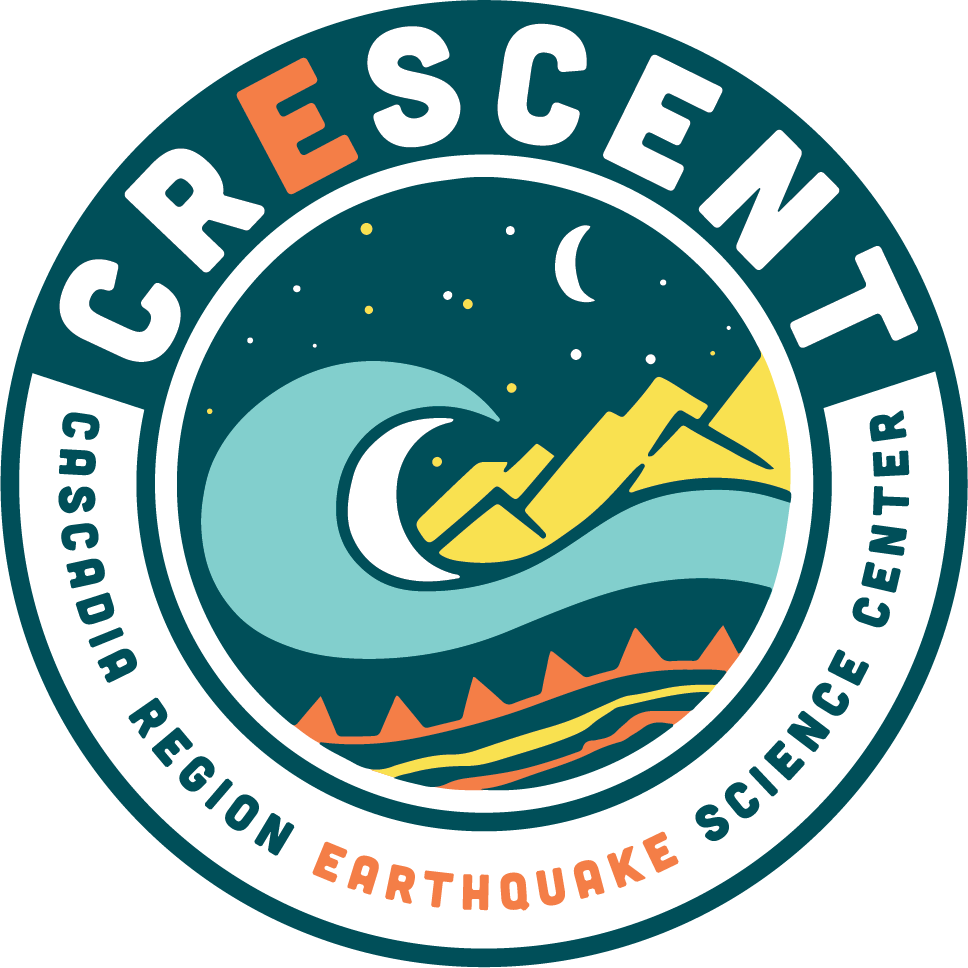Cascadia Lifelines Program
(CLiP)
Members
Regular Members
Bonneville Power Administration
NW Natural
Oregon Department of Transportation
Port of Portland
Portland General Electric
Associate Members
Portland Water Bureau
Portland Bureau of Environmental Services
Tualatin Valley Water District
Collaborator
Cascadia Region Earthquake Science Center (CRESCENT)
Pacific Earthquake Engineering Research Center
Interested in becoming a member or have questions?
Scott A. Ashford
Kearney Professor and Dean, College of Engineering
Background
Oregon’s infrastructure was built long before the state’s seismic risk was fully understood. When a major earthquake occurs, aging infrastructure will pose major challenges to all lifeline providers, including transportation departments, electric and gas utilities, water and wastewater utilities, fuel providers, and ports. The state will suffer a debilitating loss of mobility due to the shutdown of major highways. Thousands of Oregonians will lose their lives. Estimates of what it will take to begin mitigating the seismic risk reach into the billions of dollars. Unfortunately, current economic conditions and competing priorities are such that most lifeline providers do not have the resources to address the issues.
In line with its mission as a land grant institution, Oregon State University initiated the Cascadia Lifelines Program to help organizations come together and pool limited resources. The program will enable providers to capitalize on Oregon State’s earthquake research expertise and find solutions that will improve critical infrastructure performance so it can withstand major earthquake events.
Scott A. Ashford
Kearney Professor and Dean, College of Engineering
